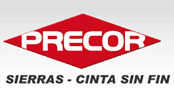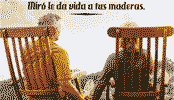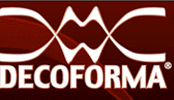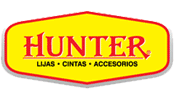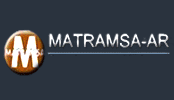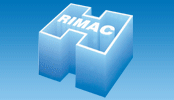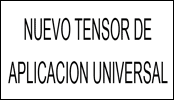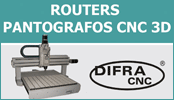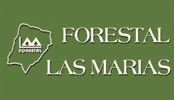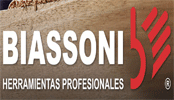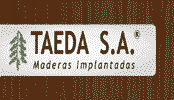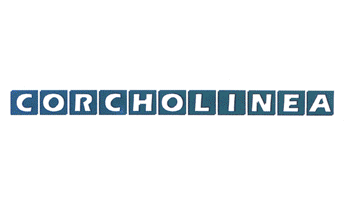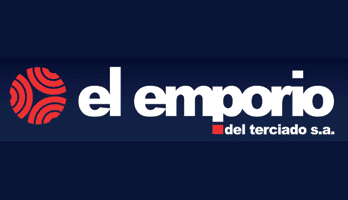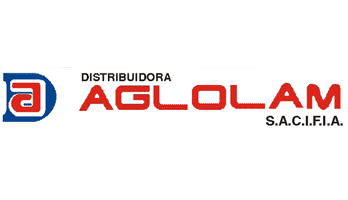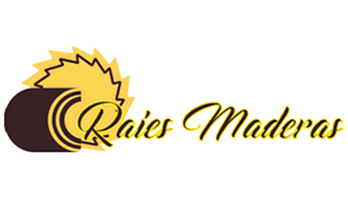
Madera microlaminada o LVL
Descripción, usos y características. Beneficios e Inconvenientes
La madera microlaminada o LVL (Laminated Veneer Lumber) tiene una gran similitud en el proceso de fabricación a la madera contrachapada. Es un material compuestos por chapas de madera encoladas en la dirección de la fibra, a diferencia de la madera contrachapada que está compuesta por una alternancia de chapas paralelas a la fibra y perpendiculares a la fibra. Esta tecnología es ideal para estructuras gracias a la elevada resistencia a flexión, uniformidad de las propiedades, poco peso y la posibilidad de curvar piezas en función del espesor de la chapa.
Este producto tuvo su auge en los años 70 usado como viguetas prefabricadas y responde a la tendencia tecnológica de homogeneizar las propiedades y conseguir mayores dimensiones en los productos de la madera.

IT MAY INTEREST YOU
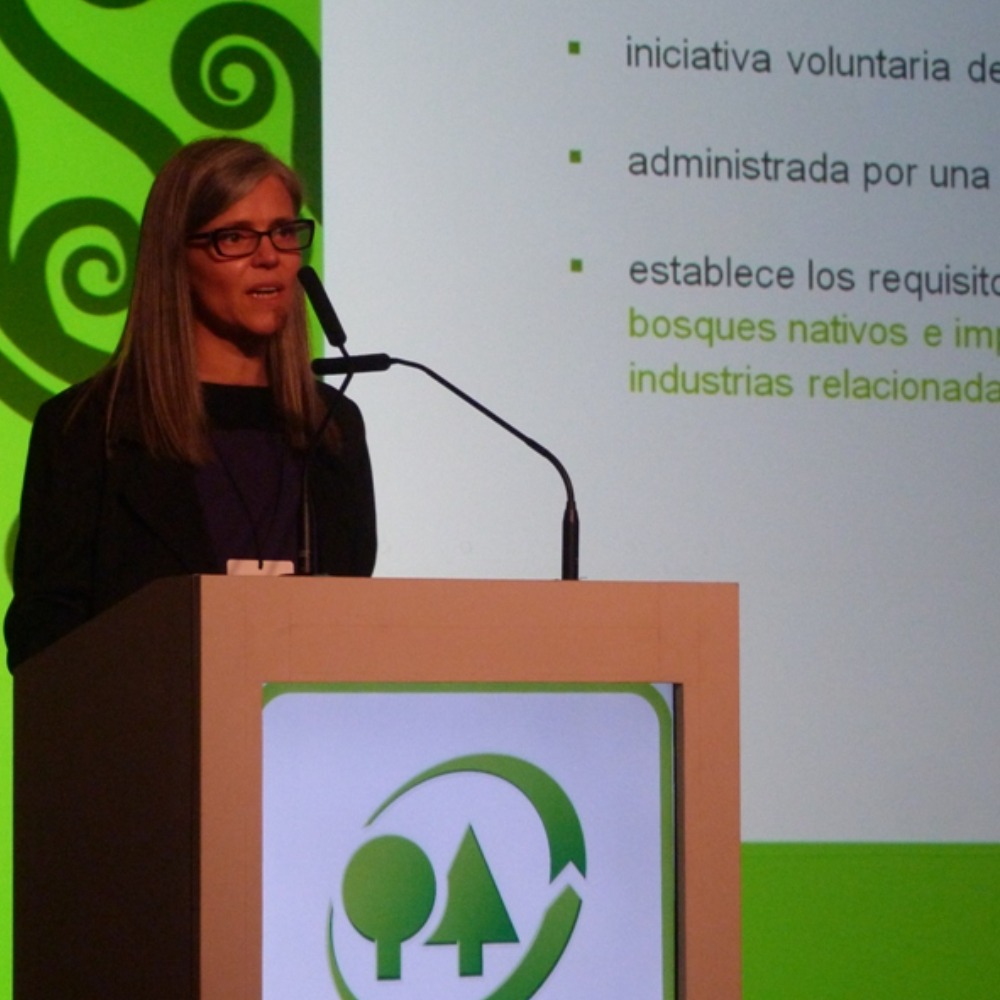 Towards responsible consumption in Argentina: PEFC launches its first virtual training program on Chain of Custody for forest products in 2025
Towards responsible consumption in Argentina: PEFC launches its first virtual training program on Chain of Custody for forest products in 2025
In a global context where responsible consumption and sustainability are increasingly relevant, PEFC Argentina and PEFC Uruguay present their first 2025 Virtual Training Program on custody chain for forest base products, which will begin on April 23, with a duration of four months. The initiative is aimed at technicians and professionals linked to the processing and elaboration of forest products. The program is tariff, and aims to acquire the necessary competences to implement the requirements of the PEFC certification scheme, which will allow companies to reach and maintain high international standards in traceability and sustainability. When we talk about custody chain we refer to the process that ensures that wood and other products from native forests, plantations and recycled materials are traceable, sustainable and from controlled sources, explained Florencia Chavat, executive director of Cerfoar - Pefc Argentina and one of those responsible for the course.
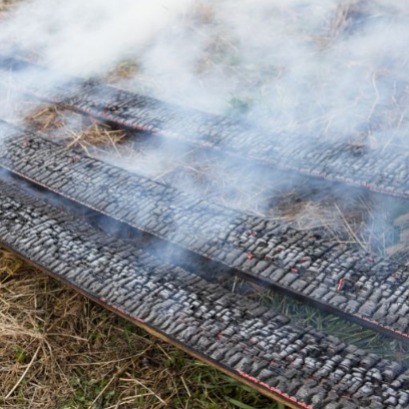 Burned wood: the Japanese technique that beautifies and protects the material
Burned wood: the Japanese technique that beautifies and protects the material
Elegant, ecological and resistant: the wood treated with the millenary technique called Yakisugi challenges the weather and the passage of time. In the world of design and construction, a Japanese ancestral technique is gaining prominence. This is the Yakisugi (also known as Shou Sugi Ban), a method that consists in burning the surface of the wood to make it more resistant and attractive. Although it may seem contradictory, exposing wood to fire gives natural protection against moisture, insects and deterioration over time.
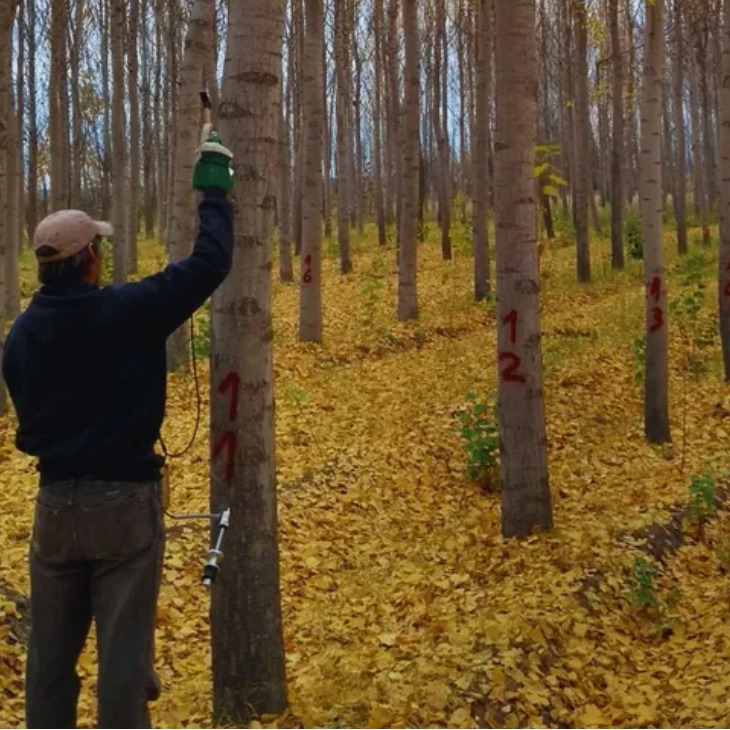 In Patagonia Norte they evaluate the quality of the wood of Álamos
In Patagonia Norte they evaluate the quality of the wood of Álamos
A study of INTA determined that the wood of poplars produced in the northern valleys of Patagonia has characteristics for its use in construction.

